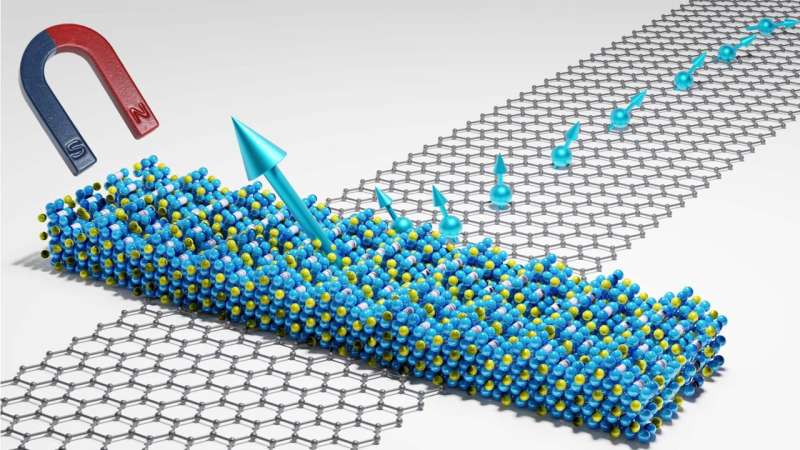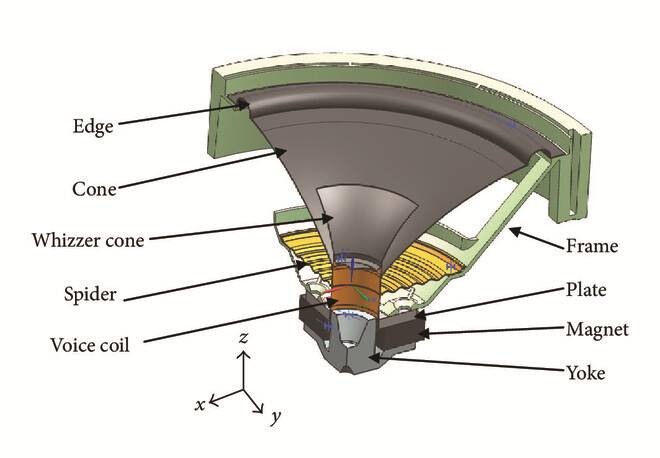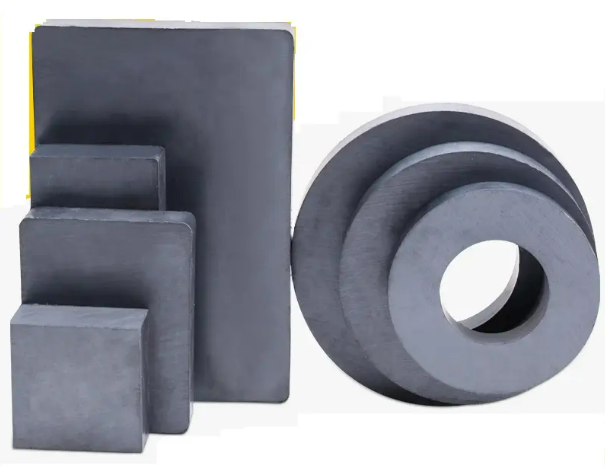What Are Ferrite Magnets?
If you are browsing our website, you are interested in magnets. But do you know how many types of common permanent magnets are out there? What are ferrite magnets? What are the applications of ferrite magnets? What are the differences between ferrite magnets and neodymium magnets? So in this article, we will try to answer the above questions one by one.
 What Are Ferrite Magnets?
What Are Ferrite Magnets?
How many types of common permanent magnets are out there?
Magnets that can maintain their magnetism for a long time are called permanent magnets. In addition to permanent magnets, some electromagnets require electricity to be magnetic. Common permanent magnets on the market today can be divided into four categories: neodymium magnets, SmCo magnets, AlNiCo magnets, and ferrite magnets.
What are ferrite magnets?
Ferrite magnets are permanent magnets mainly made of SrO or BaO and Fe2O3. Compared with other permanent magnets, ferrite magnets are hard and brittle and have lower magnetic energy. However, they are not easy to demagnetize, not easy to be corroded, and their production process is simple, and their price is low. Therefore, in the entire magnet industry, ferrite magnets have the highest output and are widely used in industrial production.
What are the applications of ferrite magnets?
Ferrite magnets are commonly used to make iron cores in inductors, transformers, and electromagnets. The high resistance of ferrite can reduce its eddy current loss. The ferrite core is also often placed on the power line and the signal line of the computer (called a magnetic bead), which can prevent high-frequency electromagnetic noise (electromagnetic interference) from entering or transmitting from the device.
Early computer memory used the remanence of a hard ferrite core to record data, which was generally combined into an array of magnetic core memory. Ferrite powder is also used in the coating of tapes, the most common being iron oxide.
Ferrite particles are also used as radar wave absorption coatings for stealth aircraft. In the laboratory for electromagnetic phase capacity measurement, ferrite particles are also used to absorb electromagnetic waves and avoid reflection.
Many magnets in radios and speakers are ferrite magnets. Ferrite magnets have replaced the AlNiCo magnets in this field. In electric guitar pickups, magnetic pickups will also use ferrite as its magnetic material.
What are the differences between ferrite magnets and neodymium magnets?
Ferrite magnet is a metal oxide with ferromagnetism. In terms of electrical characteristics, the resistivity of ferrite is much larger than that of metal and alloy magnetic materials, and it also has higher dielectric properties. The magnetic properties of ferrite also show high permeability at high frequencies. Therefore, ferrite has become a non-metallic magnetic material widely used in the field of high frequency and weak current.
The advantages of neodymium magnets are high-cost performance and good mechanical properties. The shortcomings of neodymium magnets are low Curie temperature point, poor temperature characteristics, and easy of pulverizing and corroding, which must be improved by adjusting their chemical composition and adopting surface treatment methods to meet the requirements of practical applications. The neodymium magnet has the characteristics of small size, lightweight, and strong magnetism, which is the magnet with the best performance and price ratio at present. The advantages of high energy density make NdFeB permanent magnets widely used in modern industry and electronic technology. In the state of a bare magnet, its magnetic force can reach about 3500 Gauss.
Conclusion
Thank you for reading our article and we hope it can help you to have a better understanding of what are ferrite magnets. If you want to know more about magnets, we would like to advise you to visit Stanford Magnets for more information.
As a leading magnet supplier across the world, Stanford Magnets has been involved in R&D, manufacturing, and sales of magnets since the 1990s. It provides customers with high-quality permanent magnets like neodymium magnets, SmCo magnets, AlNiCo magnets, and ferrite magnets (ceramic magnets) at a very competitive price.















